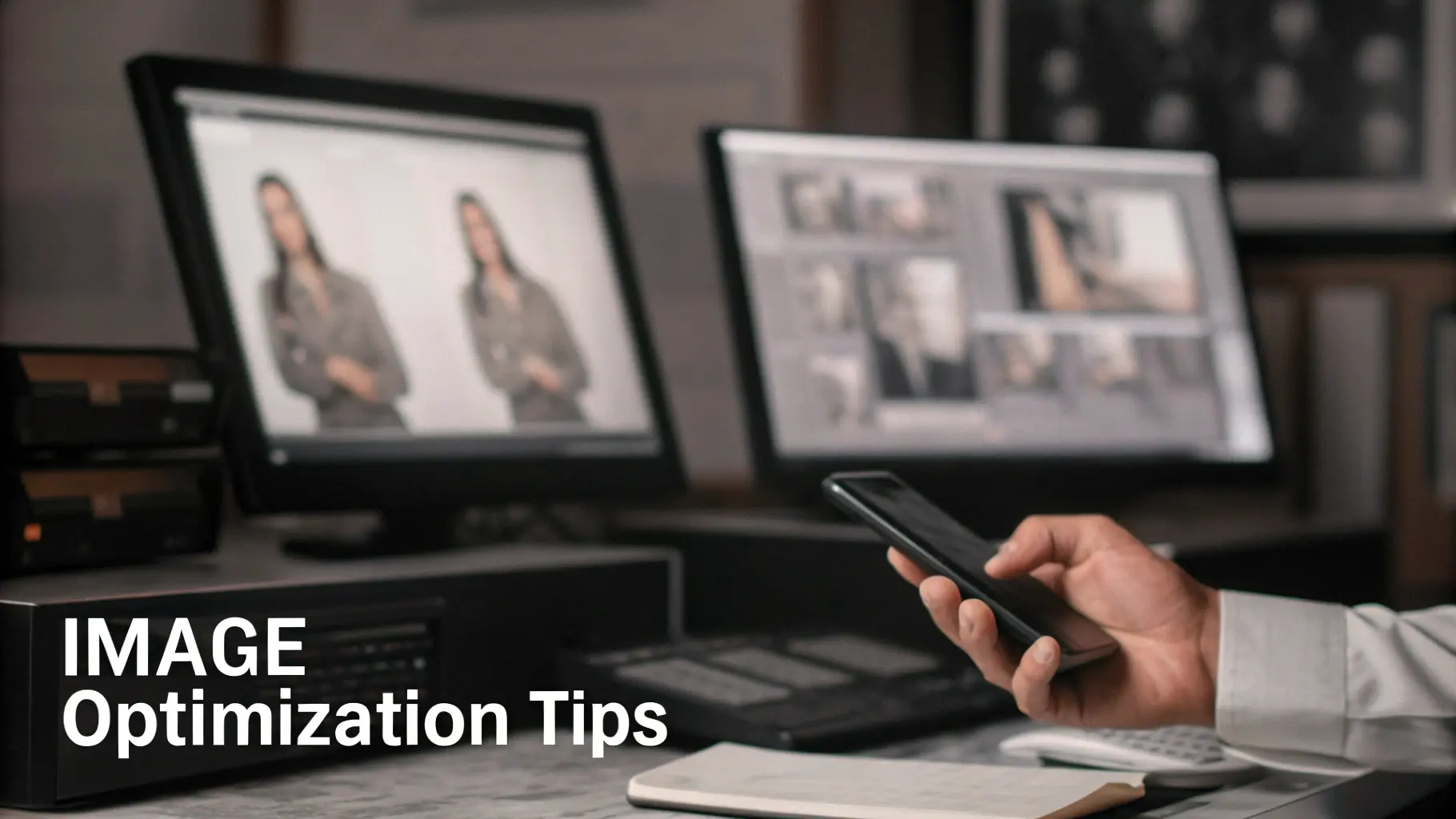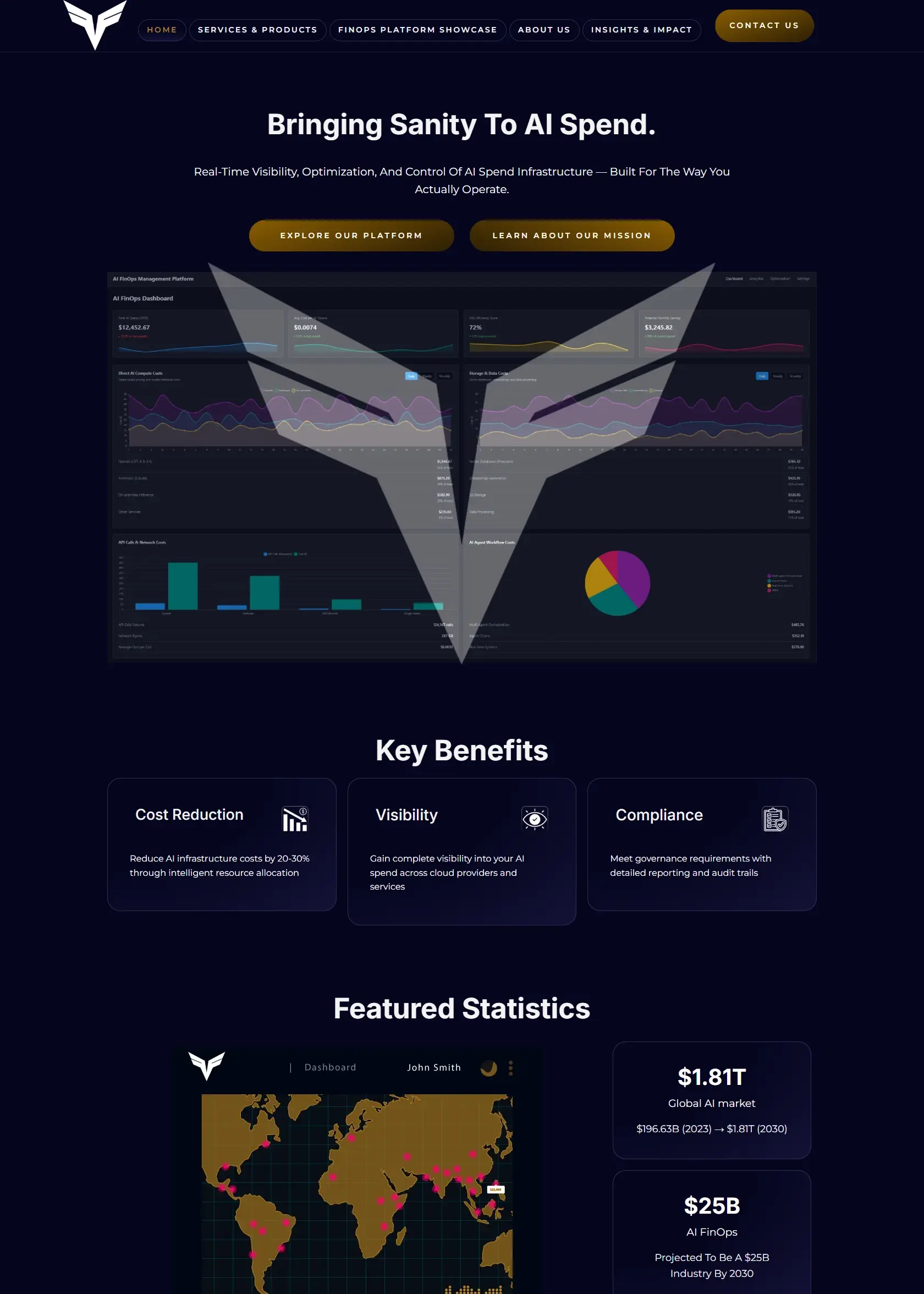The days of slow-loading images on dial-up internet are long gone. However, optimizing images for users and search engines remains as crucial as ever. Proper image optimization enhances website performance, improves user experience, and boosts SEO rankings.
1st Tip: Use the Right Image
Choosing high-quality, relevant images is the first step in optimizing for SEO. Platforms like Flickr.com offer a vast selection of images, with filters for commercial use and copyright-free options. Always select legally permissible images to avoid copyright issues.
2nd Tip: Choose the Right File Format
Selecting the correct image format impacts both quality and file size:
- JPEG: Best for photographs, small file size but loses quality with compression.
- GIF: Ideal for animations or simple graphics with limited colors. Supports transparency.
- PNG: A modern format offering higher quality, better color range, and transparency support. Slightly larger file sizes.
3rd Tip: Optimize Images for the Web
Compress images to reduce file size while maintaining quality. Tools like TinyPNG or Compress JPEG help achieve this without significant quality loss.
4th Tip: Use Descriptive File Names
Rename images with SEO-friendly filenames to improve search visibility. Instead of IMG12345.jpg, use Los-Angeles-Music-Festival-2024.jpg.
5th Tip: Add Alt Text for Accessibility & SEO
Alt text helps search engines and visually impaired users understand images.



